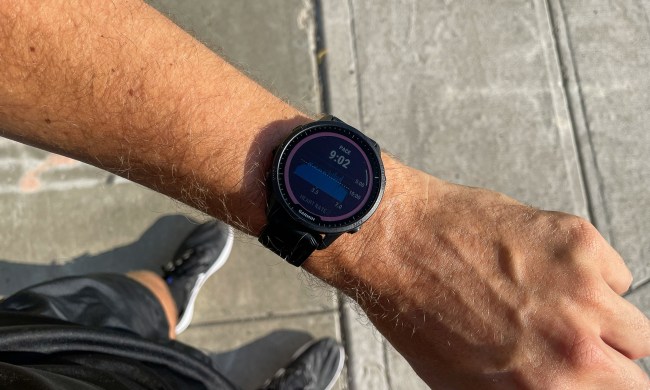Have you ever wanted to send a distant loved one a handwritten message but didn’t have the patience for post? A design studio called Those has you covered.
Available via Kickstarter, Joto is a connected display board that draws tweets, messages, and even art with a pen. The device combines digital connectivity with analog aesthetic. It integrates with services such as Twitter, Trello, and Slack to manifest tweets, tasks, and messages on command.
Joto is the actually the successor of a lightweight drawing machine called Woodpecker, intended to let retail stores and their customers scribble on windows.
“I used to work in a retail department store and was frustrated by how little beyond printed graphics were being used to engage customers,” Those founder Jim Rhodes told Digital Trends. “That’s when where the idea for an interactive window display came from. With the arrival of 3D printing and the maker movement a few years later, we were able to make it a reality.”
Where Woodpecker was designed mainly to engage customers, Joto is intended to fit more intimately into homes and workspaces. Want to tell your partner you’ll be home late? Ask Joto to deliver the message. Need to remind your colleague about that upcoming presentation? Send them a drawing of a ticking clock. But if you’re all out of ideas, you can ask Joto to improvise.
“Joto was designed to take requests,” Rhodes said. “We haven’t planned to make Joto intelligent just yet, but is part of a new movement away from the screen. Not because screens are bad but because people are discovering new ways to interact with internet.”
You can back Joto on Kickstarer for $199. Add an extra $100 for a year’s worth of daily curated illustrations. As of publishing this article, it has raised 256,335 British pounds ($320,034) with a 100,000-pound ($124,850) goal and six days left in the campaign. Those hopes to deliver Jotos to Kickstarter backers by December. The product’s official launch is set for March 2018.


